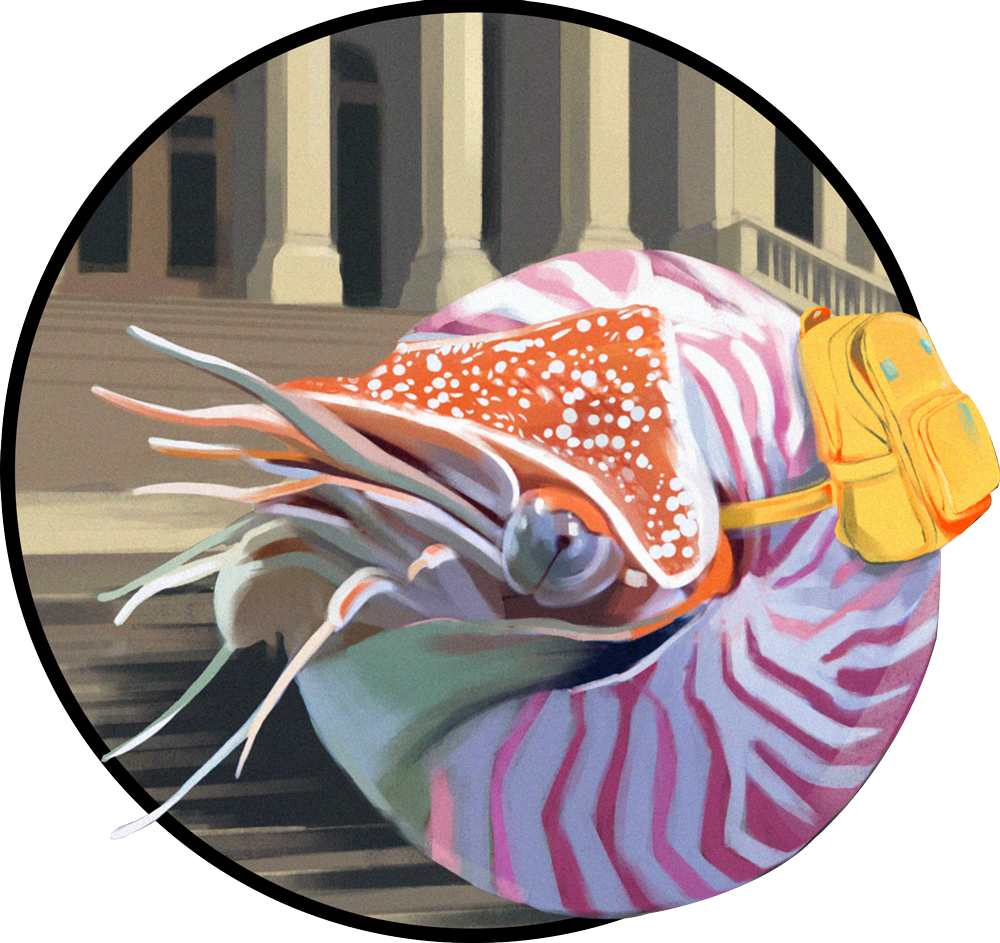One of the only things humans have done sort of right was to invent the dog.
Those early hominin innovators and their future Fidos were likely wary at first. Pleistocene wolves with friendly streaks circled ever closer to encampments, enchanted by the smell of roasting meats, transfixed on the flickering focal points of their gatherings. Scraps served as enticements, and after days, weeks, years of inching toward contact, the two animals achieved communion, a cautious pat on the head and a sly tail wag sealing the deal—and the fate of both.
Although the actual details of that initial contact are lost to the mists of time, two new Science papers are resolving how the millennia-long relationship between human and canine shaped up after wolf transformed into dog and humanity gained a best friend.
In one study, scientists analyzed the genomes of 17 ancient dogs—some more than 9,500 years old—and compared those data to insights from 57 previously published ancient dog genomes, 160 modern dog genomes, and 18 ancient human genomes. Using this information, the team of researchers surmise that dogs have been trotting beside humans as they traversed trade and migration routes up to almost 10,000 years in the past.
Read More: “Only Street Dogs Are Real Dogs”
Across the millennia, then, through the Eurasian Steppe, East Asia, and Eastern Siberia, pooches have been traveling alongside their humans, whether they were hunter-gatherers, farmers, or pastoralists. The authors even suggest that some dogs, especially Arctic-lineage dogs, could have been traded between populations on these ancient forays. This may mean that dogs had a much deeper and earlier relationship with humans than previously appreciated.
The other study involved analyzing skeletal remains from ancient dogs. A different team of scientists carefully measured the physical characteristics of more than 640 dog skulls, some as old as 50,000 years. They found that an almost 11,000 year-old canine cranium from a Mesolithic Russian site displayed the characteristics of a domestic dog (and not so much those of a wild ancestor). What’s more, the authors claim that dog was likely just one among many with diverse , dog-like skull morphologies allied with humans. This suggests that humans may have started selecting for specific characteristics in their dogs thousands of years before the 19th-century craze of dog breeding gave us the dizzying variety of breeds we see today.
Today, it’s debated just how many breeds of dog exist. The American Kennel Club recognizes 200 official breeds while noting that more than 340 exist throughout the world. The international group, Federation Cynologique Internationale, officially recognizes about 360 breeds. None of these counts include designer breeds that have cropped up more recently, which blend two established breeds together. I’m looking at you, Newfypoos and Saint Danes.
Though these two studies help to resolve the picture of humans’ early relationship with our canines, there are many more questions to be answered. “Despite their long and diverse interaction with humans, dogs remain one of the most enigmatic and fascinating domestic species,” the authors of the dog skull paper write, “not only as humanity’s first domesticate but also as its most enduring companion.”
As we continue to tease apart the long story of the human-dog partnership, our good boys and girls will be at our side, patiently waiting for that next pat. ![]()
Enjoying Nautilus? Subscribe to our free newsletter.
Lead image: ekaterinvor / Pixabay






























